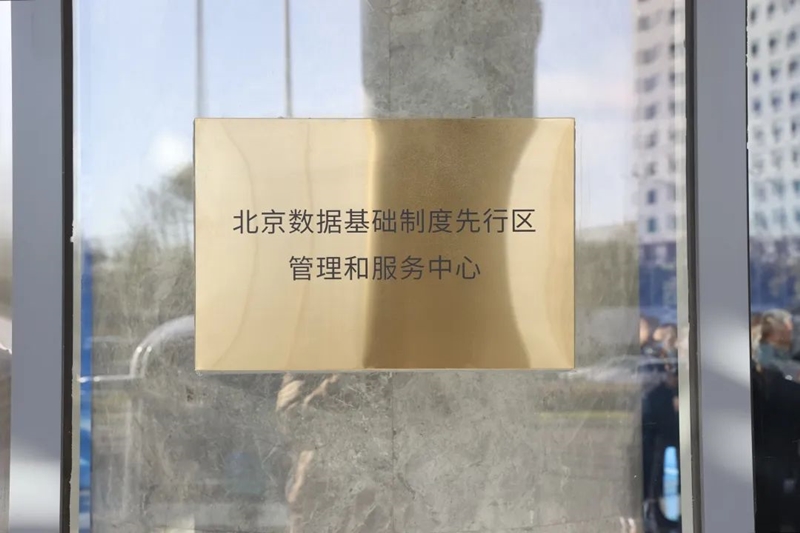Beijing builds data infrastructure pilot zone
The Beijing Data Infrastructure Pilot Zone commenced operations on Nov 10.
According to the policy list released during the inauguration ceremony, the zone will focus on piloting and demonstrating 10 policy measures at the national and local levels.
It aims to serve as a model for the city in creating a reformed and configurable market for data elements, subsequently promoting and replicating successful experiences.

A view of the Beijing Data Infrastructure Pilot Area [Photo/beijingetown.com.cn]
The overall planned area of the plot zone is 68 square kilometers, featuring 18 industrial parks related to data elements, 45,700 market entities, and over 30 key enterprises in the data element category. The available industrial space amounts to 2.62 million square meters.
In terms of functional layout, the data pilot zone management service center will be built in the Beitou Taihu Industrial Park. It will include the pilot zone construction office, public data asset registration center, public data open innovation base, social data asset registration center, data asset assessment service station, data cross-border service center, Data arbitration center, and the data rights circuit trial court.
Additionally, the intelligent computing power center and data training base will be established in the Information Technology Application Innovation (ITAI) Park, and the data headquarters base, like the financial data zone and the tourism and culture data zone, will be distributed in various locations, including the cultural and creative town library city transformation project.

A plaque of the Beijing Data Infrastructure Pilot Area management service center [Photo/beijingetown.com.cn]
According to the plan, Beijing will create "2+5+N" infrastructure for the data pilot zone.
The "2" represents the infrastructure layer, including intelligent computing power infrastructure and the national blockchain network hub.
The "5" includes the business middle layer, consisting of a data asset registration platform, data asset assessment platform, data asset custody platform, data transaction nodes, and a digital asset management platform.
The "N" represents the application layer, including financial data, government data, "three medical" data, autonomous driving data, shipping trade data, and cultural tourism data zones and applications.
By 2025, Beijing aims to establish the basic framework for the Beijing Data Infrastructure Pilot Zone, with a total aggregation of high-value data assets reaching 80 petabytes, a data transaction volume of 5 billion yuan ($690 million), and a data industry scale exceeding 50 billion yuan.
The pilot zone is expected to be fully developed by 2030, creating a policy highland, trusted space, and data workshop for the market-based allocation of data elements.
The total aggregation of high-value data assets is targeted to reach 100 petabytes, with a data transaction volume of 10 billion yuan and a data industry scale exceeding 100 billion yuan.

